It’s not every day that a lost ancient city is uncovered. After eight years of research, the Ministry of Culture in Peru unveiled the archeological site of Peñico, a “City of Social Integration” that dates back to 1800 BCE. The 3,500-year-old city is believed to have been a trading hub among Pacific coast cultures and peoples from the Andes Mountains and the Amazon rainforest.
Peñico’s location in the northern Barranca province was properly planned, placed above sea level and surrounded by hills to protect it from landslides and floods. Its convenient location also promoted interaction, trade, and commerce between peoples. The city is also close to where the Caral, the oldest civilization in the Americas, developed over 5,000 years ago. According to Dr. Ruth Shady, director of the Caral Archeological Zone (ZAC), and other researchers, the city was likely a continuation of the Caral civilization shortly after it fell due to climate change in the area.
- YouTube youtu.be
Experts believed the city was a trading hub due to the heavy presence of hematite. Hematite is a red pigment that’s associated with Andean societies, and is typically used to paint pottery. Archeologists theorized that part of Peñico’s appeal to trade network of the time would include the city’s ability to extract and barter hematite.
During the eight years of research, much has been learned within the ancient city. Eighteen structures have already been identified in Peñico, including a building with designs of pututus, shell trumpets that are traditionally blown into to alert crowds of important events and to convene meetings. Pututus were also ritual offerings as tokens of gratitude to deities of the time.
- YouTube youtu.be
There were also many other finds as well. Public buildings had clay sculptures of ceremonial objects and animal/human hybrid figures. Necklaces made of various beads and materials were found. There were also tools such as grinders, hammerstones, anvils, and other instruments that were likely used to build the city and the stone artifacts found in it.
Not only have archaeologists shared this information, but you can see it for yourself. The lost city of Peñico is now open for tourists to visit and gaze upon ancient history.
“Peñico joins the archaeological sites that can be visited under our management: the Sacred City of Caral, the fishing city of Áspero, and the agricultural and fishing city of Vichama. The public will also be able to explore this city of integration,” said archaeologist Shady Solís.
- YouTube youtu.be
Peñico joins a growing number of ancient wonders that tourists can visit to get a glimpse of history. You can walk through the various temples of Hampi, India and observe the formerly coined “fabled kingdom of the monkeys.” The Tombs of Giza are a popular attraction and look into ancient Egyptian culture. If you want to experience ancient history without a passport, you can go just outside St. Louis, Missouri to check out the mound city of Cahokia, a capital that once was home to 20,000 Indigenous people at its peak in the 12th century.
It’ll be interesting to see what other parts of humanity’s past will be uncovered over time while also visiting what already has been revealed in the present.





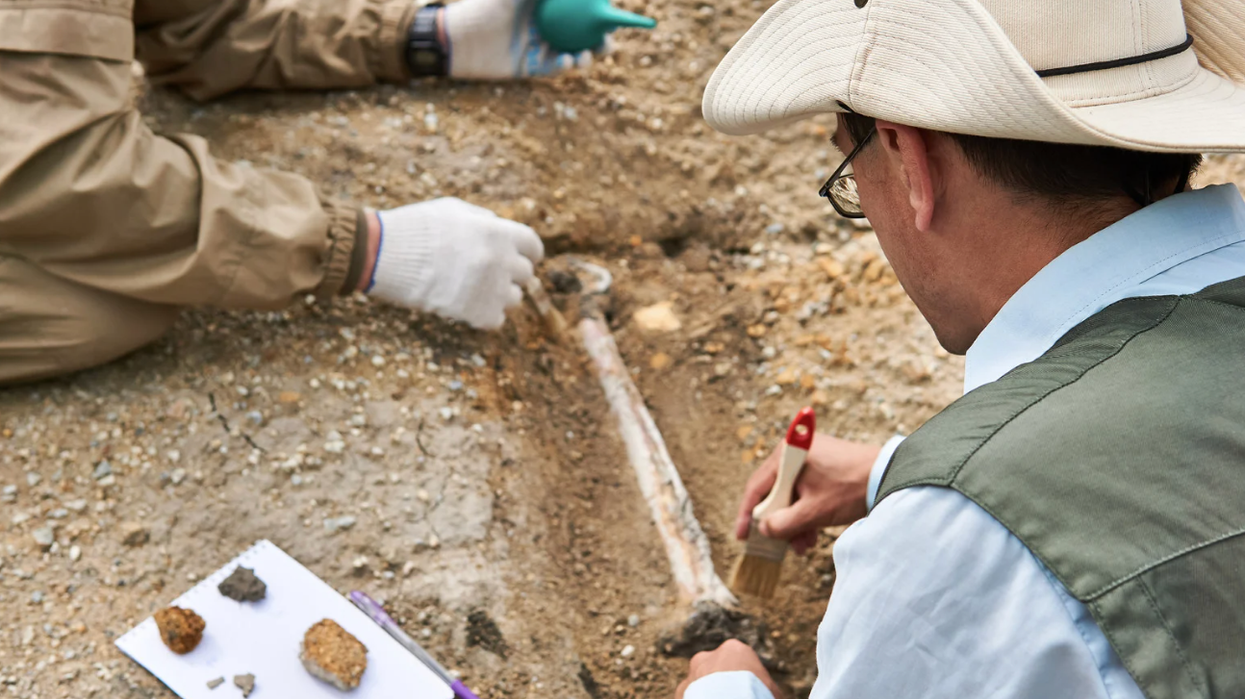











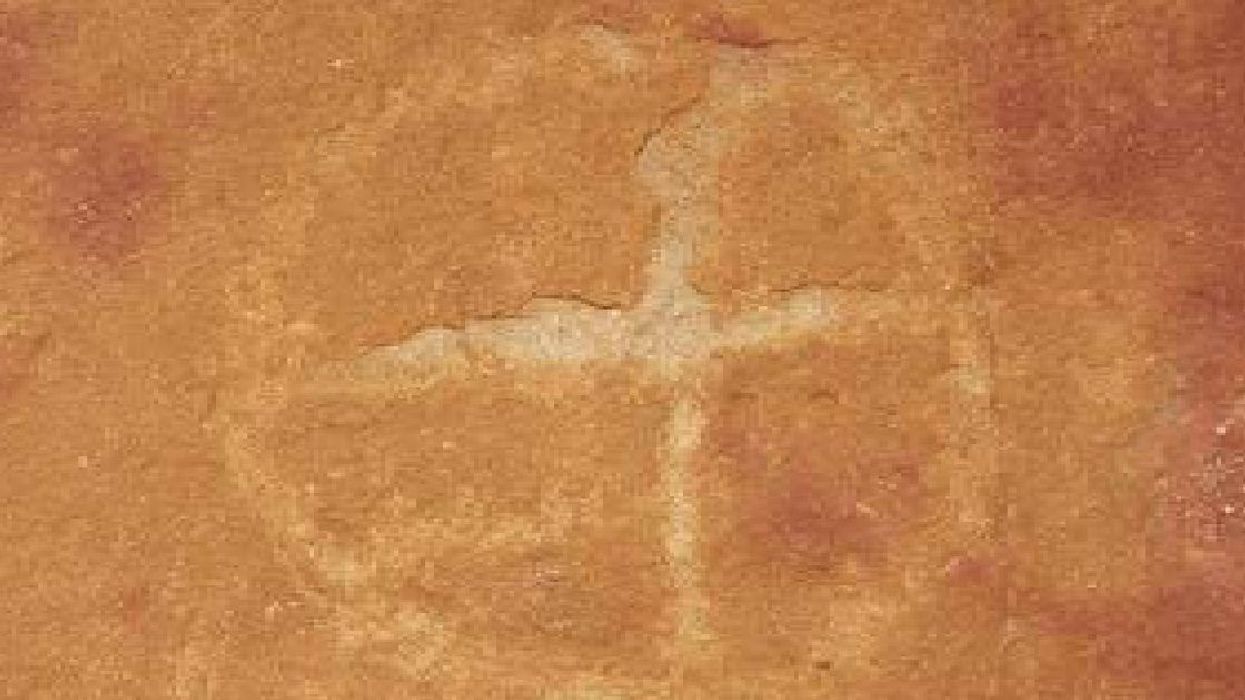
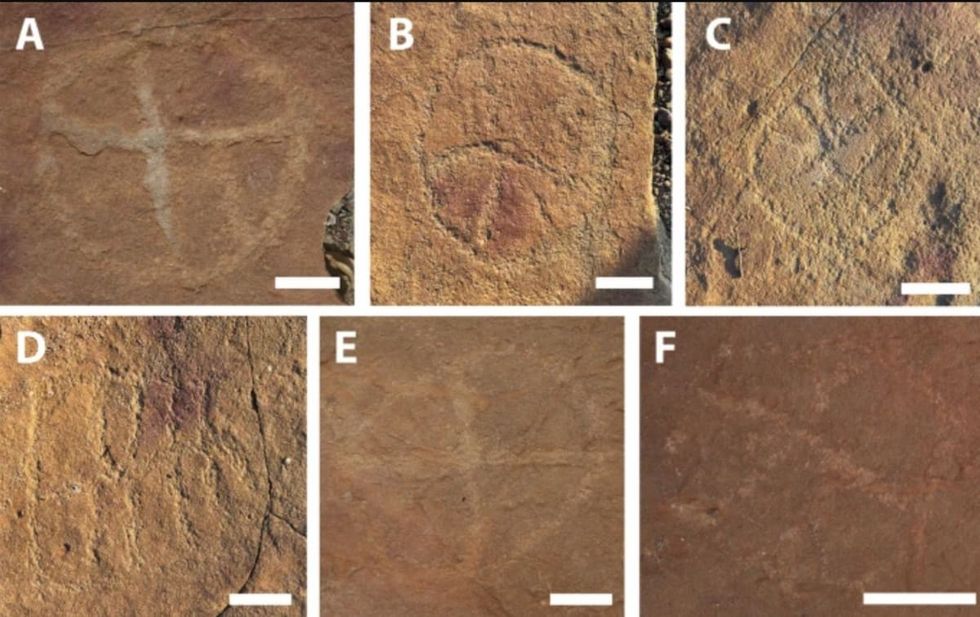 Image frmo Scientific Reports of ancient artwork. Image Source:
Image frmo Scientific Reports of ancient artwork. Image Source: 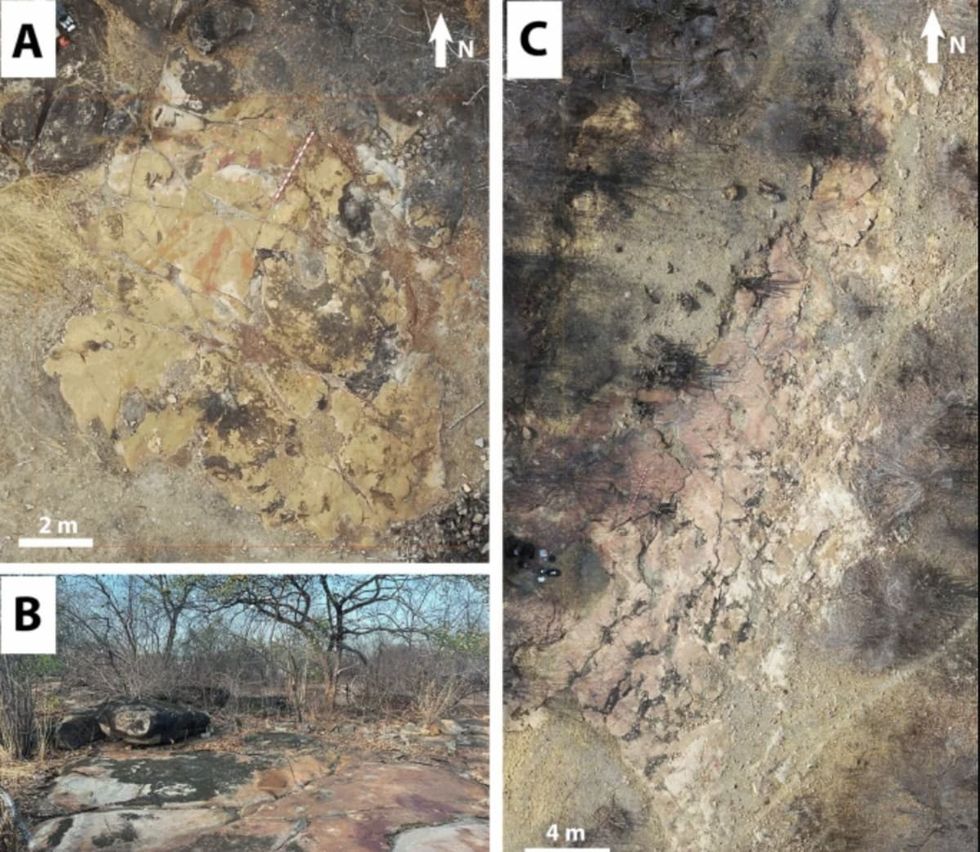 Image frmo Scientific Reports of ancient artwork.Image Source:
Image frmo Scientific Reports of ancient artwork.Image Source: 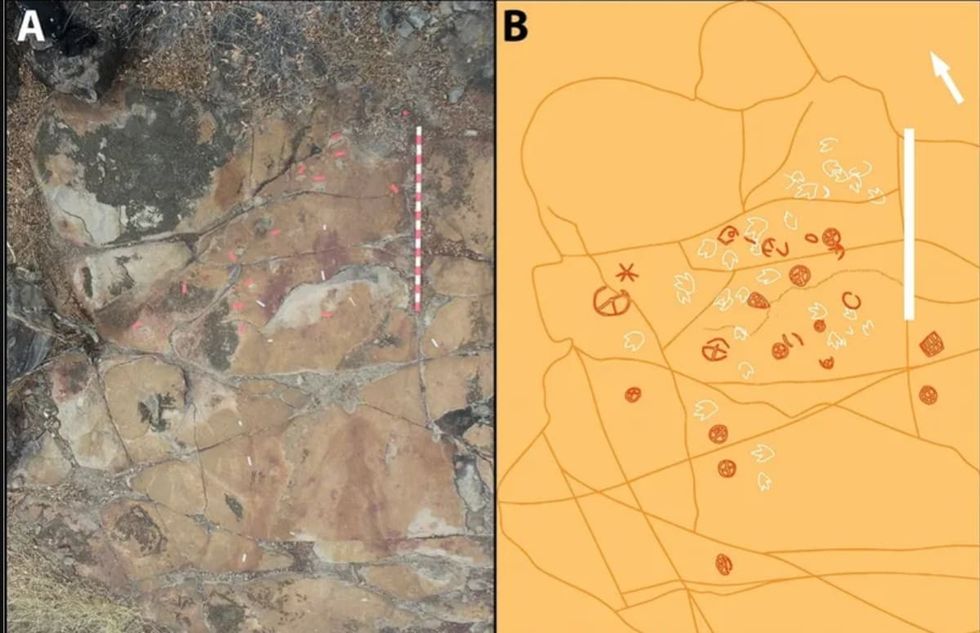 Image frmo Scientific Reports of ancient artwork.Image Source:
Image frmo Scientific Reports of ancient artwork.Image Source: 

 It's difficult to imagine seeing a color and not having the word for it. Canva
It's difficult to imagine seeing a color and not having the word for it. Canva
 Sergei Krikalev in space.
Sergei Krikalev in space. 

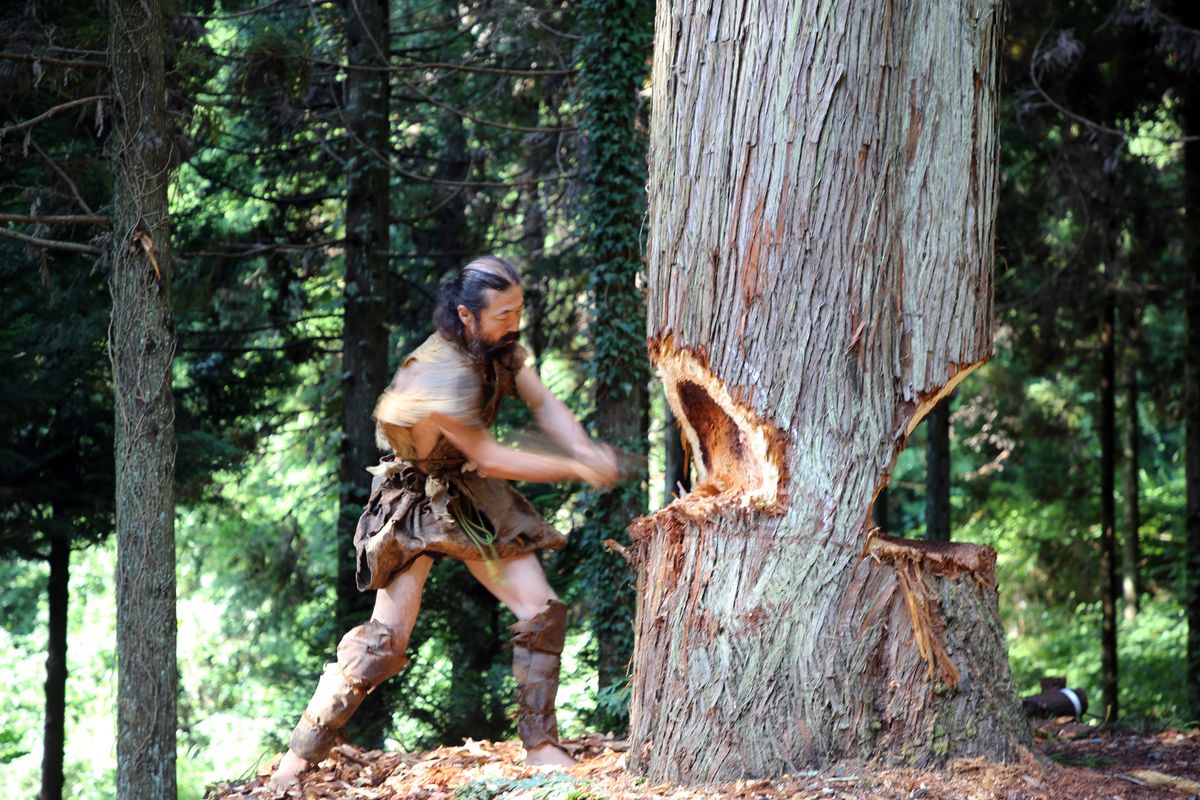 The team also crafted their canoe using ancient methods and Stone Age-style tools. National Museum of Nature and Science, Tokyo
The team also crafted their canoe using ancient methods and Stone Age-style tools. National Museum of Nature and Science, Tokyo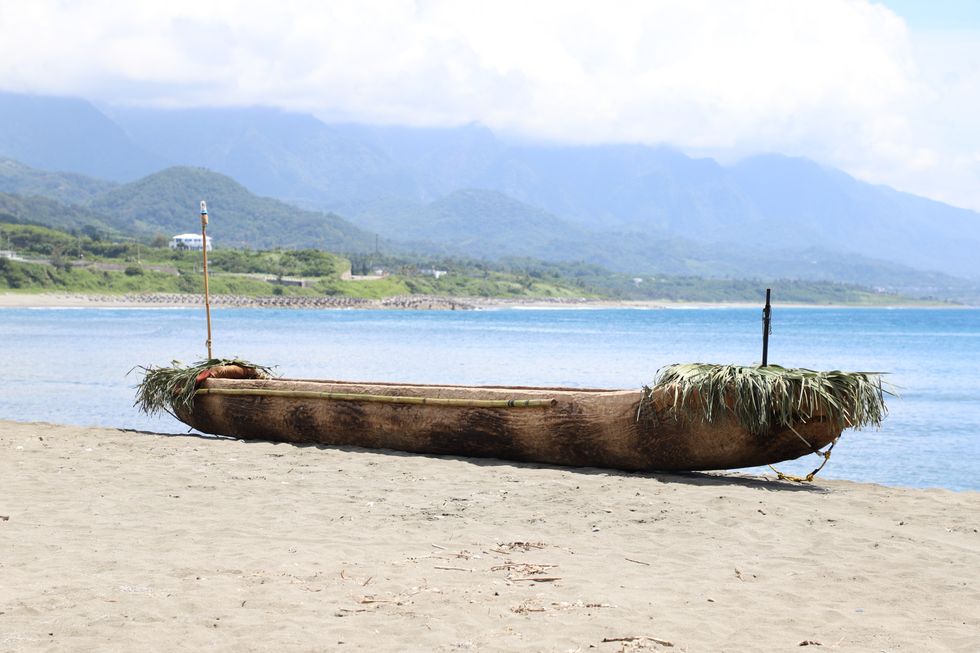 The cedar dugout canoe crafted by the scientist team. National Museum of Nature and Science, Tokyo
The cedar dugout canoe crafted by the scientist team. National Museum of Nature and Science, Tokyo

 Zitkala-Ša with her violin in 1898 colorized and animated.Taken from YouTube video with image of kelvin temperature by Tiero from Canva.
Zitkala-Ša with her violin in 1898 colorized and animated.Taken from YouTube video with image of kelvin temperature by Tiero from Canva. 1908 photo of Bull - Chief of the Apsaroke tribe colorized and animated.Taken from YouTube video with image of kelvin temperature by Tiero from Canva.
1908 photo of Bull - Chief of the Apsaroke tribe colorized and animated.Taken from YouTube video with image of kelvin temperature by Tiero from Canva. Mosa original photo from 1903 with modern colorization and reanimation.Taken from YouTube video with image of kelvin temperature by Tiero from Canva.
Mosa original photo from 1903 with modern colorization and reanimation.Taken from YouTube video with image of kelvin temperature by Tiero from Canva.